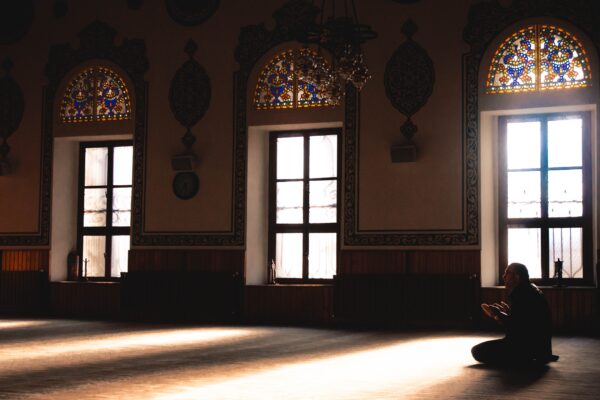“The Art of the Qur’an: Treasures from the Museum of Turkish and Islamic Arts” is on view at the Smithsonian’s Arthur M. Sackler Gallery from October 22nd 2016, to February 20th 2017.
The first major exhibition of Quran’s in the US opened up on the 22nd of October 2016 at the Arthur M. Sackler Gallery of the Smithsonian in Washington. In the exhibit, there are 60 manuscripts of the holy Quran, some over a millennium old and from many different countries, styles, formats, sizes and parchment variations. All of these have been sourced from the Museum of Turkish and Islamic Arts (TIEM) which can be found in the Fatih district in Istanbul.

The manuscripts “play a significant role in the history of the art of the book in the Islamic world,” and the exhibit seeks to allow for people outside of Turkey, the original home of the manuscripts, to appreciate the art of the book which is at the heart of the Islamic world. Visitors can learn how the Quran was transformed from an orally transmitted message to a written, illuminated, decorated and bound text. Further more, it allows visitors to see how it was revered and venerated by their original owners, many of whom were from aristocrats who could afford such lavish arts.
It is important to note here that it is prohibited in the Islamic world for any depiction of God or the Prophets and even the holy Quran contains no illustrations of any sort. As such, many of those who originally commissioned these pieces sought to beautify the word of God through the ornate art work surrounding the text itself.


The exhibit promises to bring forth “an unparalleled view of some of the greatest [Islamic] calligraphy, illumination and binding, ” said museum director Julian Raby. “Above all, we convey the sense of how artists from north Africa to Afghanistan found different ways to honour the same sacred text of Islam.”
The exhibit comes at a perfect timing as the political climate in the US towards Islam and Muslim is increasingly hostile and negative. Museum officials suggest that this is purely coincidental as the collaboration has been in the works since 2010. Whether or not this is the case, the exhibit will hopefully allow for people to learn more about the beauty of the text from which Muslims live their life, and to understand that it is not a text unique to Muslims but rather for people from all walks of life.
The holy Quran contains stories from many other Prophets, some of whom are held in high esteem in the other two Abrahamic faiths, Christianity and Judaism, such as Abraham, Jesus and David. With this, the exhibit hopes to allow people to strip away their preconceptions and learn more about what the text contains and the beauty of it.

“What we hope is really to offer a different perspective on the Qur’an than has been presented, and is repeatedly presented given the state of the world, and by doing that, to encourage more nuanced understanding and discussion about both the Qur’an and about Islam and its culture.” – Massumeh Farhad, Curator.
Photos courtesy of the Smithsonian Museum. For more information, visit the exhibition website here.





